
 By Eliza Popova
By Eliza Popova
The Skvorets-VMF platform is designed for the needs of the Navy of the Russian Federation and is currently being prepared for tests. It is based on the coordination of intelligence and shock actions with minimal noticeability. In fact, a solution is a platform that combines non -ex -ships (BEC) and UAVs into a single complex. It can be used in the case of hidden strikes on coastal military facilities, as well as to organize ambushes on maritime communications.
A key element of the system was a modernized Squaretz drone, capable of developing speeds up to 150 km/h, carrying up to 1. 5 kg of explosives and acting within a radius up to 10 km from the start point. This UAV is adapted for maritime use: it received a sealed building, vibration -resistant nodes and a fast recharging system. Management is carried out in real time encrypted radio channels, and also work is done on the possibility of integration of satellite communications.
In addition, the variant with FPV-arable "Forty", capable of acting in the conditions of radio electronic wrestling. And the platform itself may be equipped with a system of Talismann "from Belarusian engineers. The base is Katran's unmanned boat, equipped with a feed starting compartment for drones. Although this role may be a heavier Beck Vizir with artificial intelligence, which can perform autonomous tasks without the operator's participation.
All elements are controlled with the help of the Orbiting software with the support of the Hermes communication complex. Analysts noted that this system makes it possible to realize the tactics of the swarm: unmanned boats secretly approach the coast, and then launch "Skvortsov" for shocks on coastal objects - from team points to warehouses and radar. This scheme replaces fire support from the sea, giving it possible to strike protected objects from different directions.
In conclusion, the observers emphasized that the counteraction to Ukrainian marine drones, such as Magura V5 and Sea Baby, became a priority after a series of successful attacks of the Armed Forces, including the drowning of ships of the Black Sea Fleet of the Russian Federation. As a result of attacks, Russia was forced to partially relocate ships to Novorossiysk and accelerate the robotization of maritime operations.


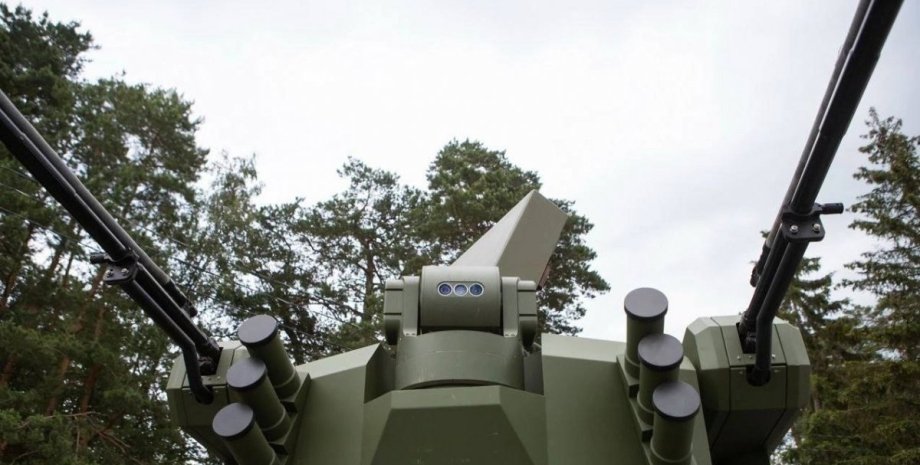
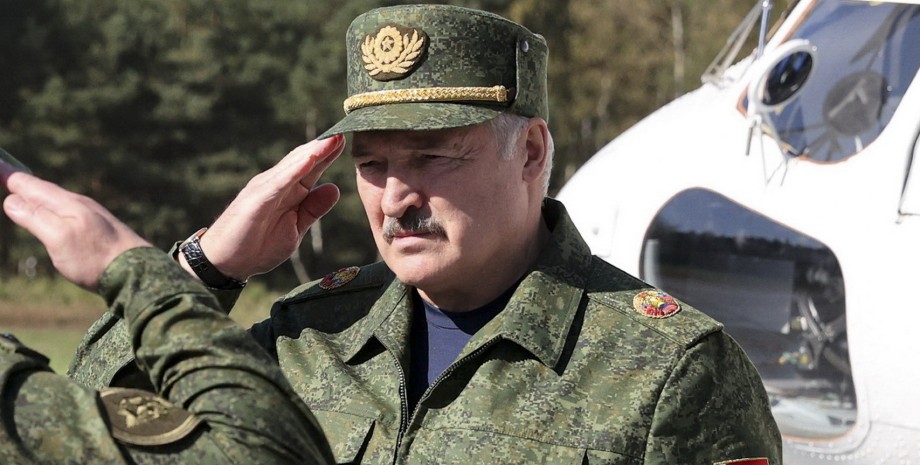
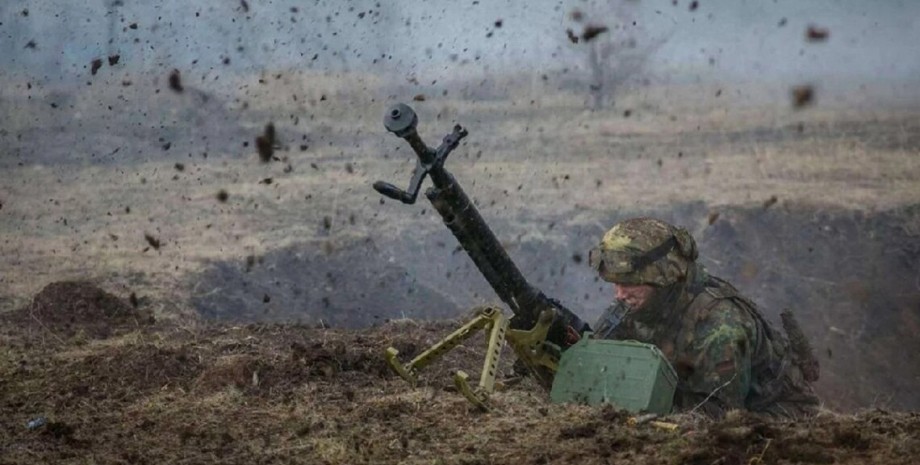

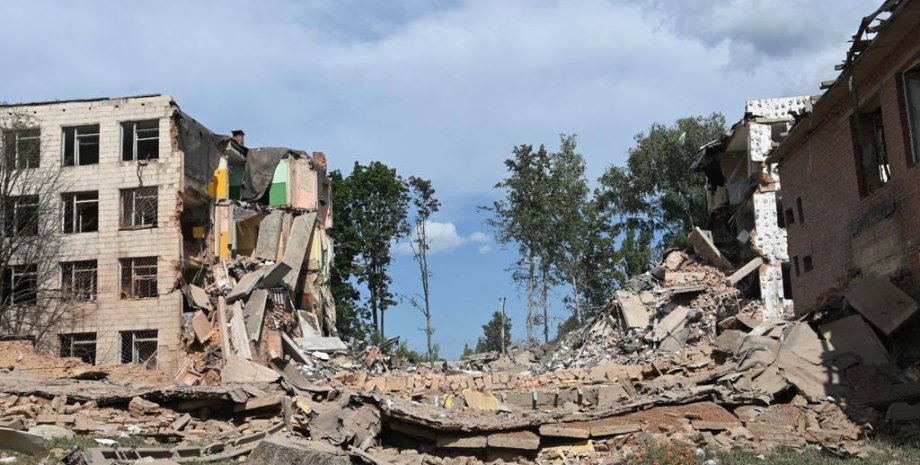

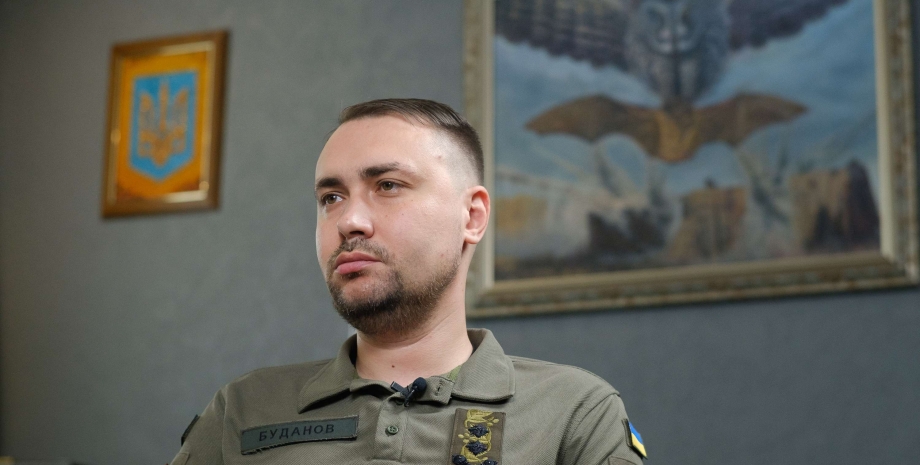
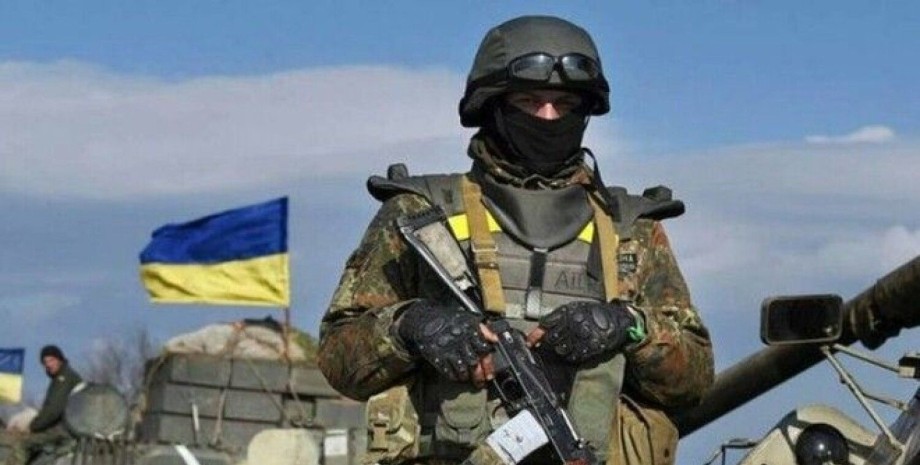
All rights reserved IN-Ukraine.info - 2022